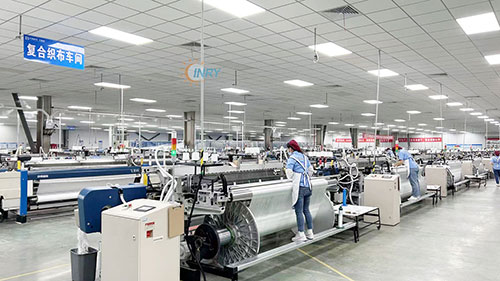The Science Behind Fire Blankets – How They Work to Suppress Fires
Overview:Discover the science behind fire blankets and how they work to suppress fires. Learn why they’re an essential tool for fire safety in homes, kitchens, and workplaces.
Fire blankets are a simple yet highly effective tool for fire safety, commonly found in homes, kitchens, laboratories, and industrial settings. But have you ever wondered how they actually work? In this blog, we’ll dive into the science behind fire blankets, exploring how they suppress fires and why they’re an essential part of any fire safety plan.
What Is a Fire Blanket?
A fire blanket is a safety device made from fire-resistant materials, such as fiberglass, designed to extinguish small fires by cutting off the fire’s oxygen supply. They are typically stored in easy-to-access pouches or containers and can be quickly deployed in emergencies.

How Do Fire Blankets Work?
1. Smothering the Fire
The primary mechanism behind fire blankets is smothering. Fire requires three elements to burn, often referred to as the "fire triangle": heat, fuel, and oxygen. By placing a fire blanket over a fire, it creates a physical barrier that prevents oxygen from reaching the flames. Without oxygen, the fire cannot sustain itself and is extinguished.
2. Heat Resistance
Fire blankets are made from materials that can withstand extremely high temperatures, often up to 900°F (482°C) or more. This heat resistance ensures that the blanket itself does not catch fire or degrade when exposed to flames, allowing it to effectively suppress the fire.
3. Cutting Off Fuel Supply
In some cases, fire blankets can also help isolate the fire from its fuel source. For example, if a person’s clothing catches fire, wrapping them in a fire blanket can prevent the flames from spreading to other materials.
4. Cooling Effect
While not their primary function, fire blankets can also provide a slight cooling effect by insulating the fire and reducing the surrounding temperature. This helps prevent re-ignition and further damage.

Types of Fires Fire Blankets Can Extinguish
Fire blankets are particularly effective for:
Class A Fires: Involving ordinary combustibles like wood, paper, or cloth.
Class B Fires: Involving flammable liquids like oil or gasoline.
Class F Fires: Commonly occurring in kitchens, involving cooking oils and fats.
However, fire blankets are not suitable for electrical fires (Class C) unless they are specifically designed to be non-conductive. Always check the manufacturer’s guidelines before use.
Advantages of Using Fire Blankets
Quick and Easy to Use: Fire blankets can be deployed in seconds, making them ideal for emergencies.
Reusable: Many fire blankets can be reused after proper cleaning and inspection.
Compact and Portable: Their lightweight design makes them easy to store in kitchens, cars, or workshops.
Safe for People: Fire blankets can be used to wrap around a person whose clothing is on fire, providing immediate protection.

How to Use a Fire Blanket
Pull the tabs to release the blanket from its container.
Hold the blanket by the corners and shield your hands for protection.
Gently place the blanket over the fire, ensuring it fully covers the flames.
Leave the blanket in place until the fire is completely extinguished and the area has cooled.
Seek professional assistance if necessary and dispose of or clean the blanket as instructed.
Why Fire Blankets Are Essential for Fire Safety
Fire blankets are a versatile and reliable tool for tackling small fires before they escalate. Their ability to smother flames quickly and safely makes them a must-have in any fire safety kit. Whether you’re a homeowner, chef, or industrial worker, having a fire blanket on hand can mean the difference between a minor incident and a major disaster.
Choose the Right Fire Blanket for Your Needs
When selecting a fire blanket, consider factors such as size, material, and certification. Look for products that meet international safety standards, such as EN 1869 or ASTM, to ensure maximum effectiveness.
product recommendation: fire blanket/fire blanket roll





